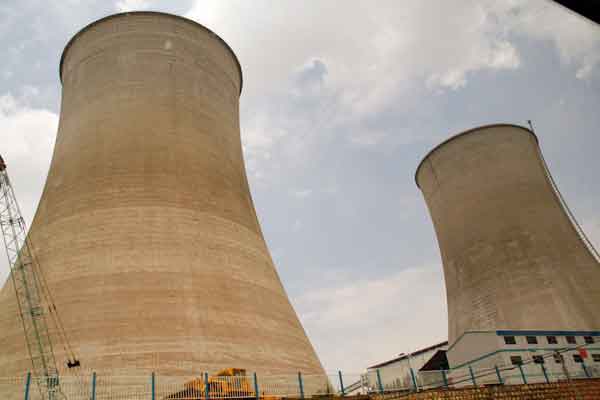
[Image above] Credit: Michael Lowell on Flickr (Creative Commons License).

As China and the US make big announcements regarding their nuclear energy programs, Japan, which vowed to shut down all of its plants by 2030, is gearing up to restart its reactors. Credit: IAEA Imagebank on Flickr (Creative Commons License).
The Department of Energy’s $6.5-billion loan guarantee to finance two new nuclear power facilities made headlines last month—not only because the Georgia reactors were the first to be built in 30 years, but also that they marked, in the words of US Energy Secretary Ernest Moniz, “a major milestone in the Administration’s commitment to jumpstart the U.S. nuclear power industry.”
Similarly, Japan—which, after the disaster at the Fukushima Daiichi nuclear power plant, vowed to shut down all of its plants by 2030—is gearing up to reinvigorate its nuclear program (despite protests), reports MIT Technology Review.
Once a “nuclear powerhouse,” Japan and its 54 reactors produced more than a third (31 percent) of the country’s electricity before the meltdown and natural disasters forced officials to nix their nuclear energy agenda.
But with little to no fossil fuel resources of its own (Japan is second only to China in terms of imports) and due to the growing expense of energy generation (some $30 billion more), Prime Minister Shinzo Abe announced last week that any plants “deemed safe by regulators” would be back in operation as soon as summer. (To read a recent article in The Columbian on the disaster and cleanup at Fukushima, including what the US—the world leader in producing nuclear energy—has done and is doing to assist, click here. Or to check out the Hitachi “shape-changing” robots that are helping in the ongoing investigations at the disaster site, head here.)
Restarting a nuclear program that was shut down less than five years ago may seem like a fairly simple process, but it’s certainly neither a cheap nor fast-moving one. With a $1-billion-per-reactor price tag and heightened safety regulations to scale, the World Nuclear Association (WNA) reports that it could take Japan years to earn regulatory clearance for all 48 reactors.
Meanwhile, China is making news of its own.
Sun Qin, chairman of China National Nuclear Corp., announced that the country is not only “back on track with projects that had been halted after Japan’s Fukushima disaster,” but set to beat its 2020 nuke program targets. And though China’s 17 nuclear reactors produce less than 2 percent of its electricity, according to Reuters, the country may build more than 20 new reactors in the next six years. That’s in addition to the 31 units already under construction.
The global race for a renewed commitment to nuclear is certainly on (though Germany appears to be pulling out), and only one question remains: Who will cross the finish line first—and at what cost (both literally and figuratively)?
We’ll keep you posted.
In the meantime, head on over to WNA’s website for a detailed look at nuclear programs around the world.
Author
Jessica McMathis
CTT Categories
- Market Insights

